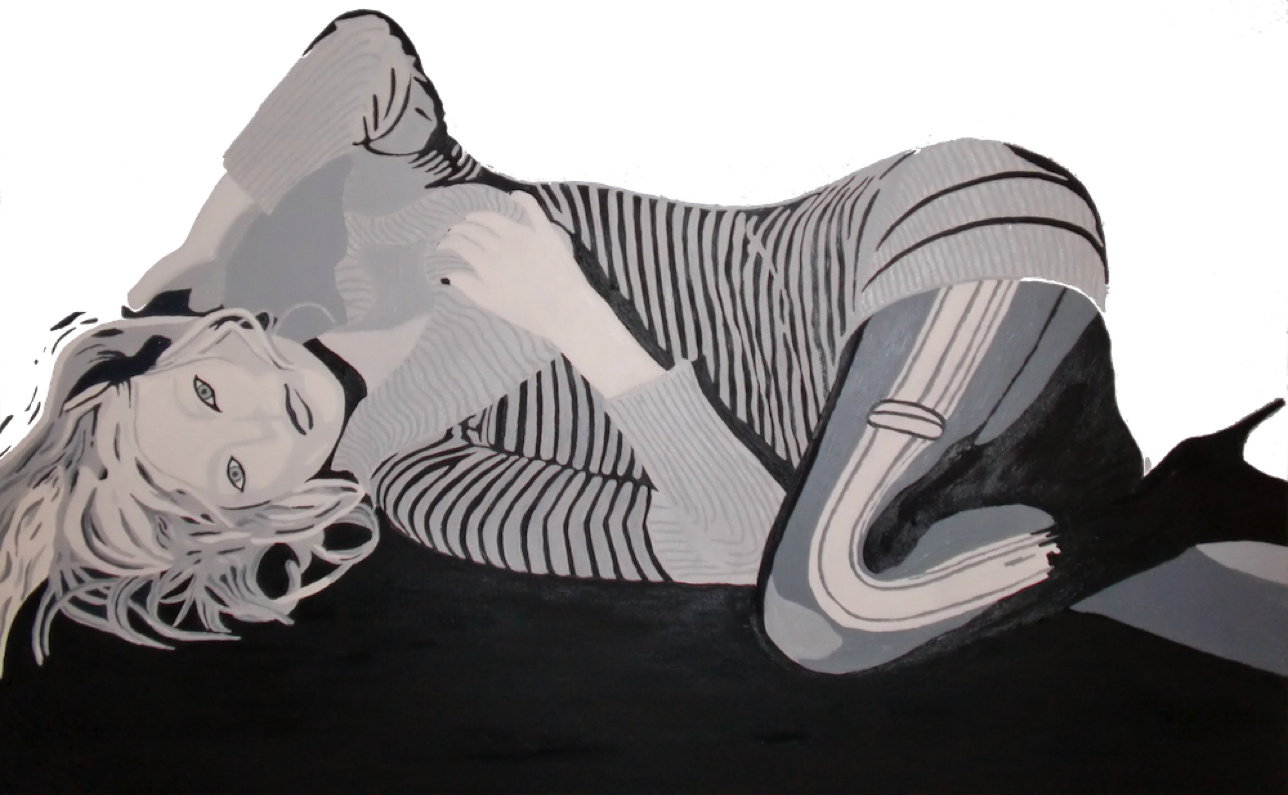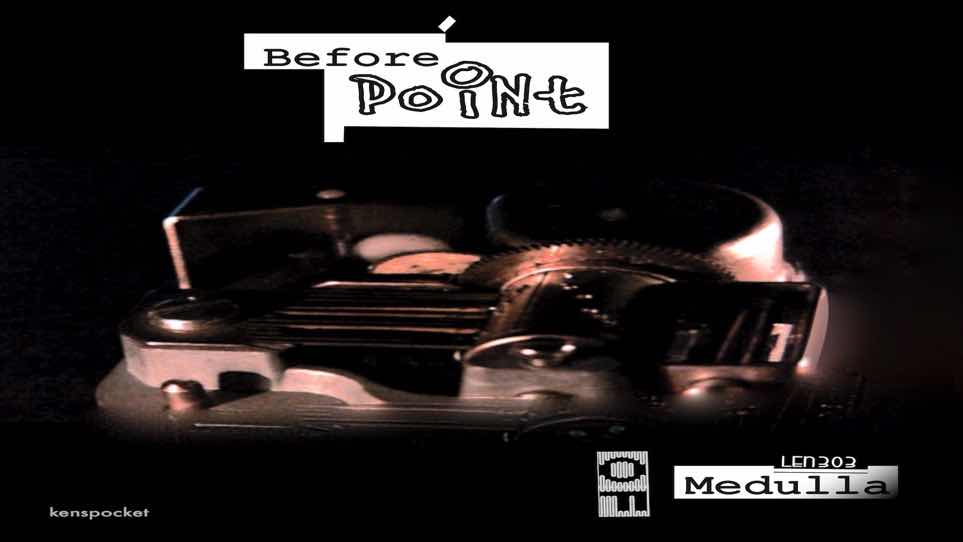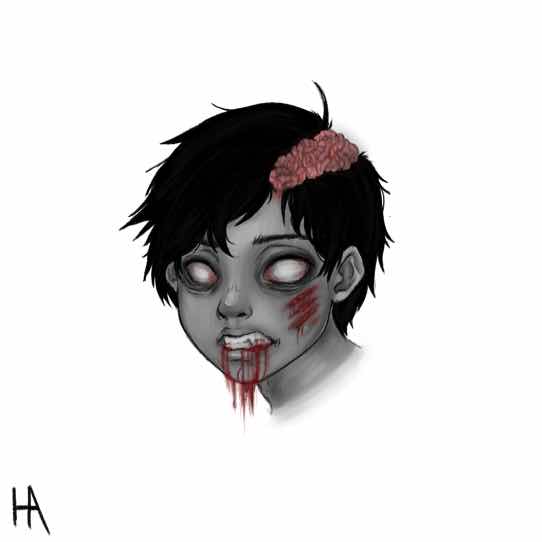
Acid techno is a subgenre of techno music that originated in the late 1980s and early 1990s. It is characterized by its use of the Roland TB-303 synthesizer, which produces a distinctive squelching sound, and its incorporation of elements from acid house and techno music. This essay will explore the evolution and popularity of acid techno in the Midlands of the UK in the years 1989 through to 1998.
UK RAVE
RAVE MACHINE
In the early years of the decade, 1989 to 1991, Acid techno was not yet a well-known genre in the Midlands. However, it was starting to gain popularity among the underground club scene, particularly in cities like Birmingham and Nottingham. Local DJs and producers began experimenting with the sound and incorporating it into their sets. Acid techno parties were also organized in underground venues, warehouses and fields.

As the decade progressed, 1992-1994, acid techno began to gain more mainstream popularity in the Midlands. The genre was embraced by the rave scene, with local clubs and venues regularly hosting acid techno nights. This led to the emergence of local acid techno record labels and producers, many of whom gained national recognition for their contributions to the genre.
During the mid-1990s, 1995-1997, acid techno reached its peak in popularity in the Midlands. The genre was now well-established and had a dedicated following among party-goers in the region. Local clubs and venues regularly hosted acid techno events, and the genre had a strong presence in the local music scene. Many festivals and events dedicated to Acid techno were organized and attracted thousands of party-goers from all over the country.
By 1998, the popularity of acid techno had begun to decline in the Midlands, as the genre was overshadowed by other emerging subgenres of techno such as tech-house and trance. However, acid techno still had a dedicated following among party-goers in the region, and local clubs and venues continued to host acid techno events.
In conclusion, acid techno was a popular genre in the Midlands of the UK in the years 1989 through to 1998. The genre gained popularity in the early 1990s, reaching its peak in popularity in the mid-1990s. Acid techno had a significant impact on the local music scene and attracted a dedicated following among party-goers in the region. However, by the end of the decade, the popularity of acid techno began to decline, as other subgenres of techno emerged.


